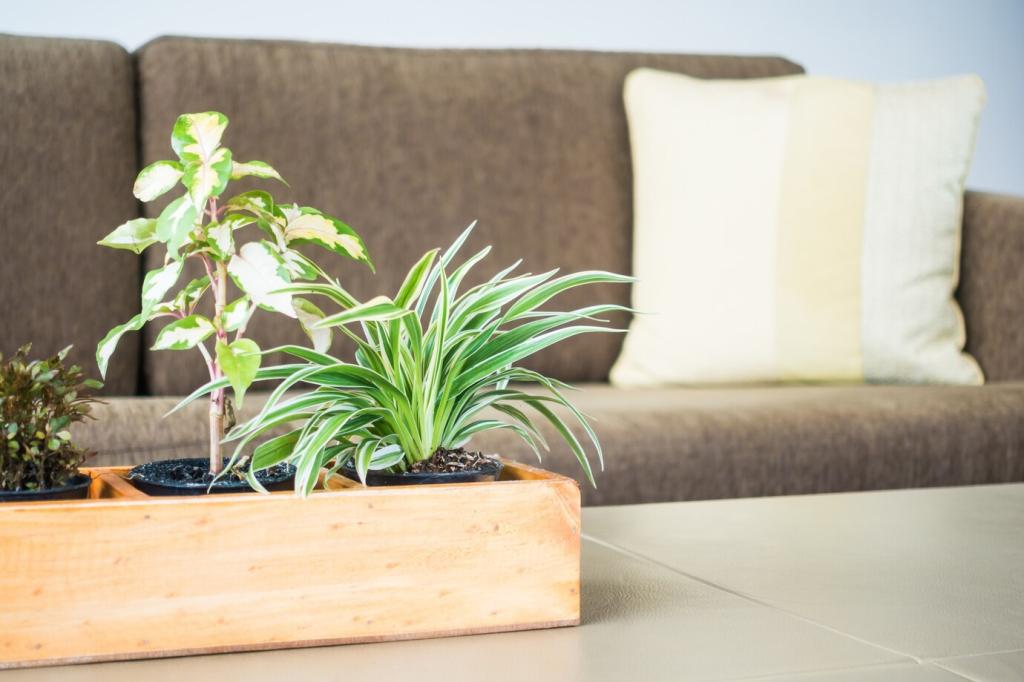On the Horizon: Next-Gen Green Insulation
Fungal networks bind agricultural byproducts into rigid, low-tox panels. With careful detailing, they offer compelling thermal and acoustic properties. Would you experiment with bio-grown boards in a studio or shed? Tell us what would make you confident.
On the Horizon: Next-Gen Green Insulation
Ultralight aerogels and VIPs deliver exceptional insulation in tight spaces, from historic retrofits to tiny homes. Emerging versions target lower embodied carbon. Which space in your home needs thin, powerful insulation? Share dimensions and constraints.







